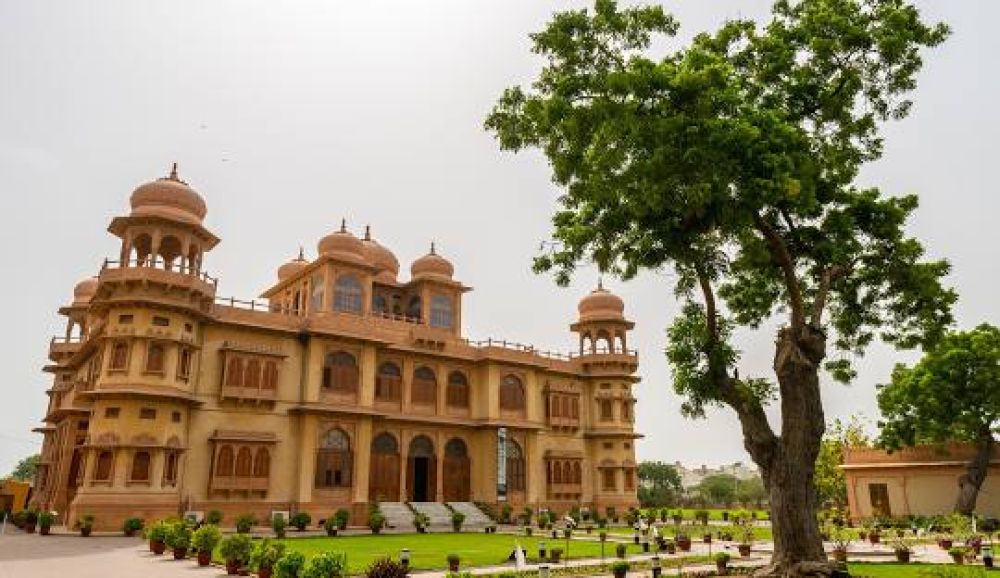

The Mohatta Palace is one of Karachi’s most exquisite historical landmarks, located in the affluent Clifton area by the Arabian Sea. Built by the Marwari businessman Shivratan Chandraratan Mohatta in 1927, the palace stands as a testament to the opulent lifestyle of Karachi's mercantile elite during the British Raj.
Designed by the architect Agha Ahmed Hussain, the palace blends local Rajasthani architecture with the pink Jodhpur stone and local yellow stone from Gizri. After the partition of India in 1947, the palace briefly became the residence of Fatima Jinnah, sister of the founder of Pakistan, Mohammad Ali Jinnah. Over the years, it has served several roles before being turned into a museum dedicated to showcasing the rich cultural heritage of the region.
Mohatta Palace has been a beacon of art and culture since its conversion into a museum in 1999. Before that, tourism at this historic site was minimal, primarily because it was a private residence and later occupied by government offices. It was only after its restoration and establishment as a public museum that Mohatta Palace emerged as a pivotal tourist attraction, drawing visitors interested in history, architecture, and art.
The museum’s permanent collection and thematic exhibitions focus on various aspects of Pakistan's cultural history, including Hindu, Buddhist, Islamic, and colonial influences. Tourists can explore galleries that beautifully narrate the evolution of the region through artifacts, textiles, and artworks.
Today, the Mohatta Palace offers a rich visitor experience through its well-preserved architectural beauty and curated historical displays. The palace gardens provide a serene ambiance that contrasts with Karachi’s bustling city life. Educational programs and cultural events hosted here also attract tourists and serve as a platform for promoting Pakistan's cultural dynamism.
The latest trend in Karachi's tourism, particularly at cultural sites like Mohatta Palace, involves leveraging digital technology for enhanced visitor engagement. Interactive exhibits, virtual tours, and augmented reality experiences are becoming more common, enriching the storytelling aspect of historical tourism. Additionally, there is an increasing focus on sustainable tourism practices to ensure the conservation of such heritage sites for future generations.
As a beacon of cultural history, the significance of Mohatta Palace extends beyond just tourism. It is a center for education, providing insight into the region's multifaceted history. Preserving and promoting such historical sites is a testament to the commitment to maintaining the cultural fabric and educating future generations about their rich heritage.